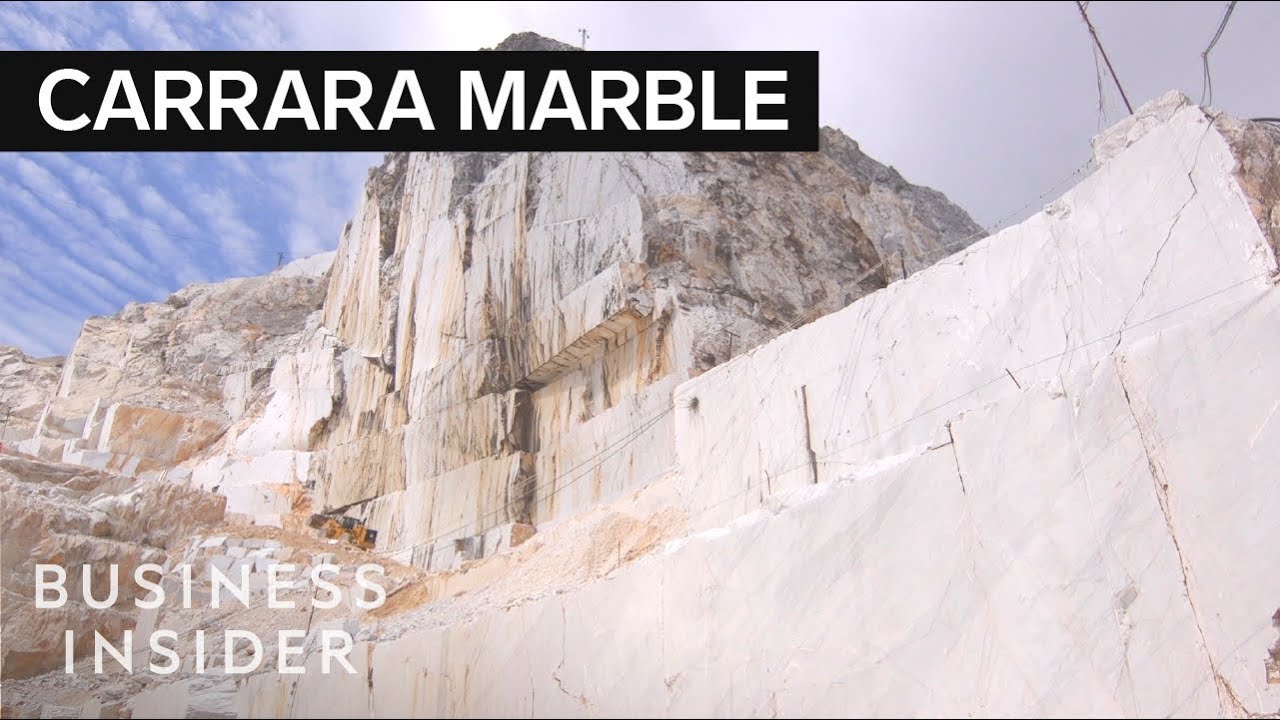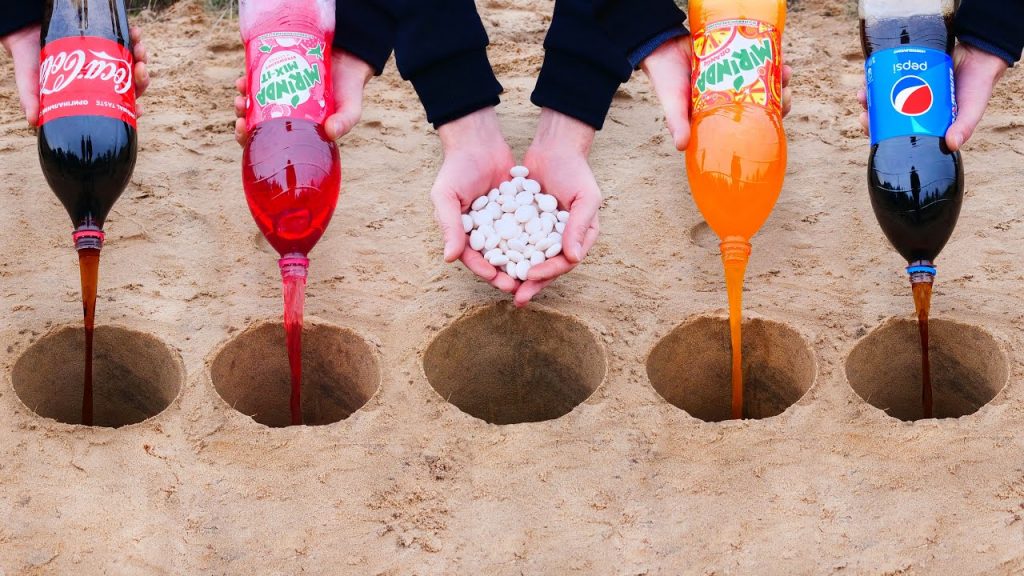Inside Italy’s $1 Billion Marble Mountains

A slab of Carrara marble can cost up to $400 per square meter.
The luxury stone comes the Apuan Alps, a mountain range in northern Tuscany that stretches for 58 km and reaches 2,000 meters high. The Carrara quarries have produced more marble than any other place on Earth. The market as a whole is worth over €1 billion ($1.1 billion) and produces 4 million tons of marble every year, with 13,000 people involved.
What is the process for extracting marble from the Marble Mountains and how has it remained largely unchanged over the centuries?
Italy’s Marble Mountains, famously dubbed the “white gold” of Tuscany, are a true geological wonder. Nestled in the Apuan Alps of the Carrara region, these imposing mountains have been a source of prized marble for centuries. The mountains are home to roughly 300 quarries and have been mined for 2,000 years. Today, the industry represents over 60% of the GDP of Carrara, producing an estimated — billion dollars each year.
The pure, glowing marble has been used for a myriad of purposes throughout history. The exclusive properties of Carrara marble have made it the go-to material for some of the most stunning sculptures in the world, such as Michelangelo’s David and the façade of the Pantheon in Rome. Today, the demand for marble continues to grow, and the Carrara quarries welcome visitors who come to explore the beauty and discover the fascinating history of this precious resource.
The journey into the mountains takes visitors through winding, rocky paths and dusty tunnels, and the spectacle of the bare peaks in the distance. Once inside, the views are stunning. At every turn, one can see the pure, sparkling marble being extracted from the belly of the mountain by skilled artisans who learned the craft from their fathers and grandfathers.
The process of extraction has remained largely unchanged over the centuries, with the quarriers using simple hand tools to extract the marble from the mountain. The initial phase involves the careful selection of a non-flawed section of marble, after which the quarrymen will hammer steel wedges into the rock until it cracks. This allows the blocks to be extracted from the mountain and transported to local workshops where the stone is polished and crafted.
The quarrymen have long since been revered for their skills, and their knowledge has been passed down from generation to generation. Many of the quarriers feel connected to the mountain and have been working there since they were young, never imagining a life elsewhere.
In recent years, the industry has come under scrutiny as environmentalists argue that the demand for marble is causing irreversible damage to the mountain ecosystem. The high demand for Carrara marble has led to the extraction of an estimated 5.5 billion cubic feet of the mountain, leaving it scarred and barren. To combat the depletion of the mountain, restrictions have been put in place on the number of quarriers allowed inside and steps have been taken to ensure sustainable mining.
Despite the concerns about the environmental impact of marble mining in the Marble Mountains, there is no doubt that it is a cultural icon and a testament to human skill and resilience. Its beauty and grandeur continue to attract visitors from far and wide who come to marvel at its glory and learn more about the centuries-old process of marble extraction. At the heart of the Marble Mountains, a vibrant and storied industry continues to thrive, and though it faces its fair share of challenges, one can only hope that it will continue to endure for generations to come.









Building A Temple Swimming Pool Underground
Money-Laundering FBI Expert Rates 8 Money-Laundering Scams In Movies and TV | How Real Is It?
15 Most Unique Beaches In The World
Brides by Force. Marriage by kidnapping pushes Kyrgyz women to suicide
People Are Hiring Private Police Squads in Detroit